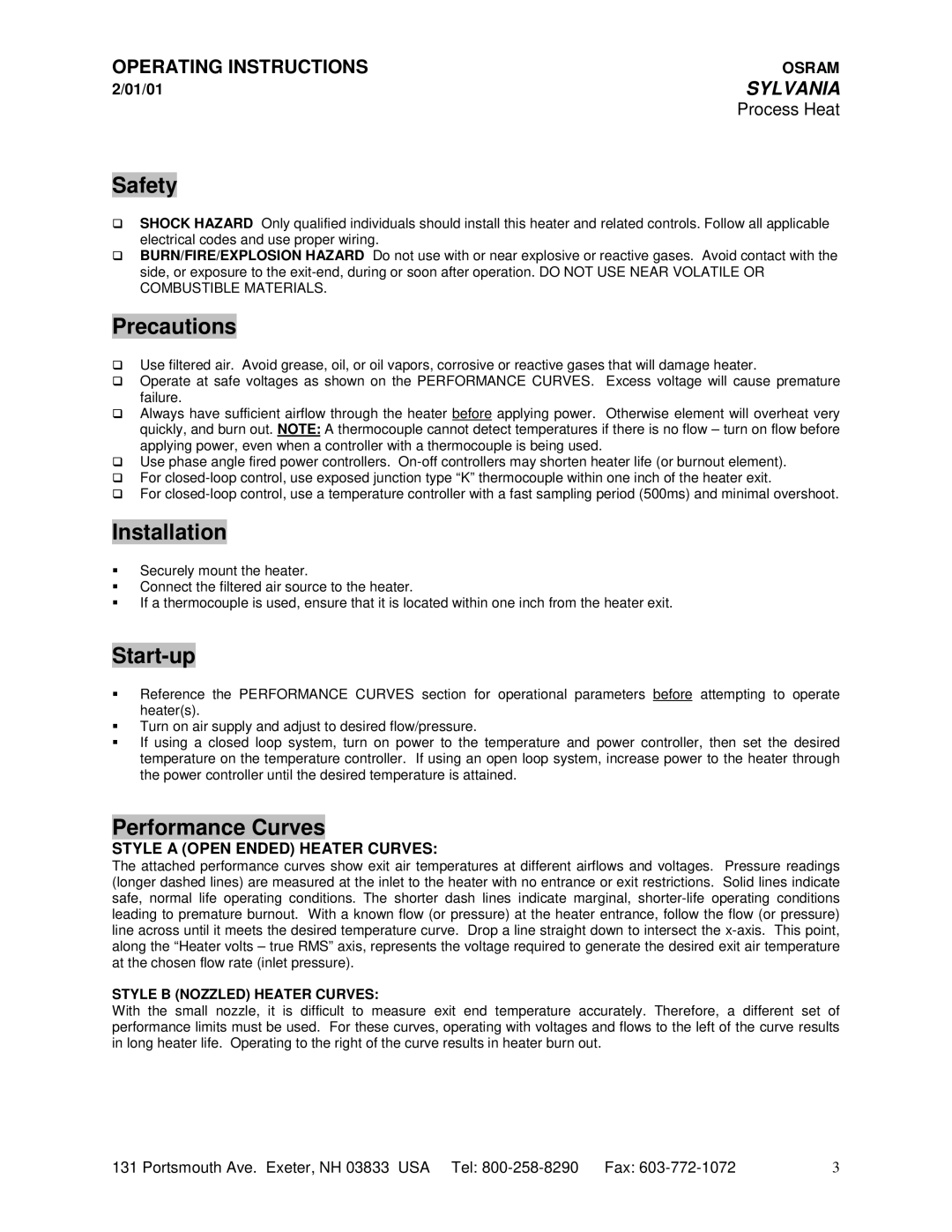10226 specifications
The Sylvania 10226 is a remarkable lighting solution that has garnered attention for its innovative features, advanced technologies, and impressive performance characteristics. This versatile lighting product is designed primarily for use in a variety of settings, including homes, offices, and commercial spaces, making it a preferred choice for many consumers and businesses alike.One of the standout features of the Sylvania 10226 is its energy efficiency. It utilizes advanced LED technology, which significantly reduces energy consumption compared to traditional incandescent bulbs. With a wattage lower than that of conventional lighting options, the Sylvania 10226 provides an environmentally friendly solution without compromising on brightness or quality. This not only helps users save on their electricity bills but also contributes to a greener planet.
The Sylvania 10226 boasts a luminous efficacy that ensures a bright and inviting atmosphere. With a color temperature of 5000 Kelvin, it produces a daylight-like light that is ideal for task-oriented areas where clarity and focus are paramount. This quality makes it suitable for workspaces, kitchens, and other areas where bright illumination is crucial.
In addition to its brightness, the Sylvania 10226 is known for its longevity. Rated for up to 25,000 hours of usage, this LED light significantly outlives traditional bulbs, thereby reducing the frequency of replacements and lowering long-term maintenance costs. Such durability makes it a reliable choice for both residential and commercial applications.
The design of the Sylvania 10226 is another noteworthy aspect, featuring a sleek and modern aesthetic that blends seamlessly with different décor styles. Its compact size allows for easy installation in various light fixtures without taking up unnecessary space, making it a practical choice for diverse settings.
Also, the Sylvania 10226 includes advanced safety features such as shatter-resistant materials, making it a safer option in environments with high traffic or where fragile fixtures could be at risk. This attribute adds peace of mind for both residential users and commercial establishments.
In conclusion, the Sylvania 10226 encapsulates a blend of energy efficiency, longevity, and modern design. Its superior brightness and safety features, combined with the use of advanced LED technology, make it a standout lighting solution for consumers looking to enhance their spaces while being environmentally conscious. Whether for home or business use, the Sylvania 10226 proves to be an excellent investment in quality lighting.
